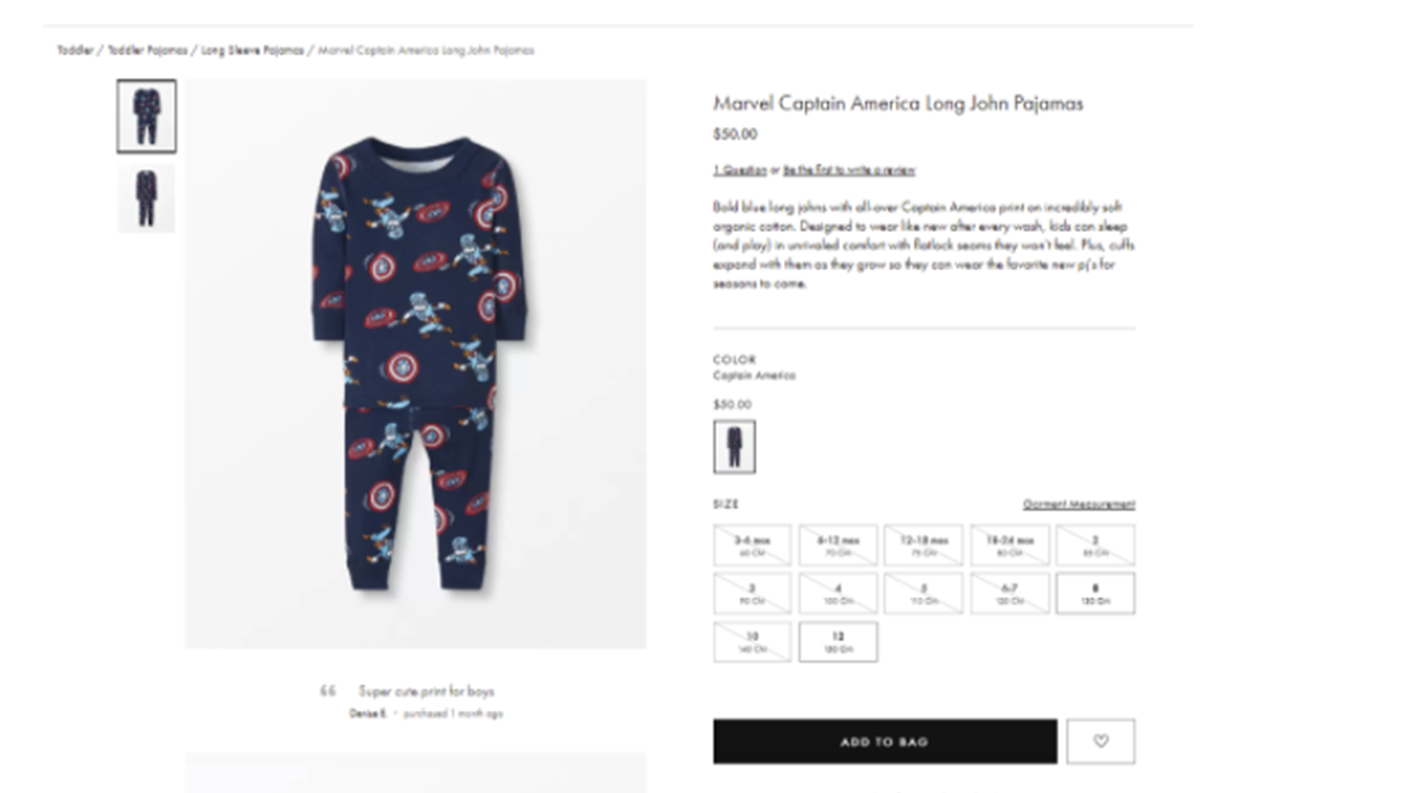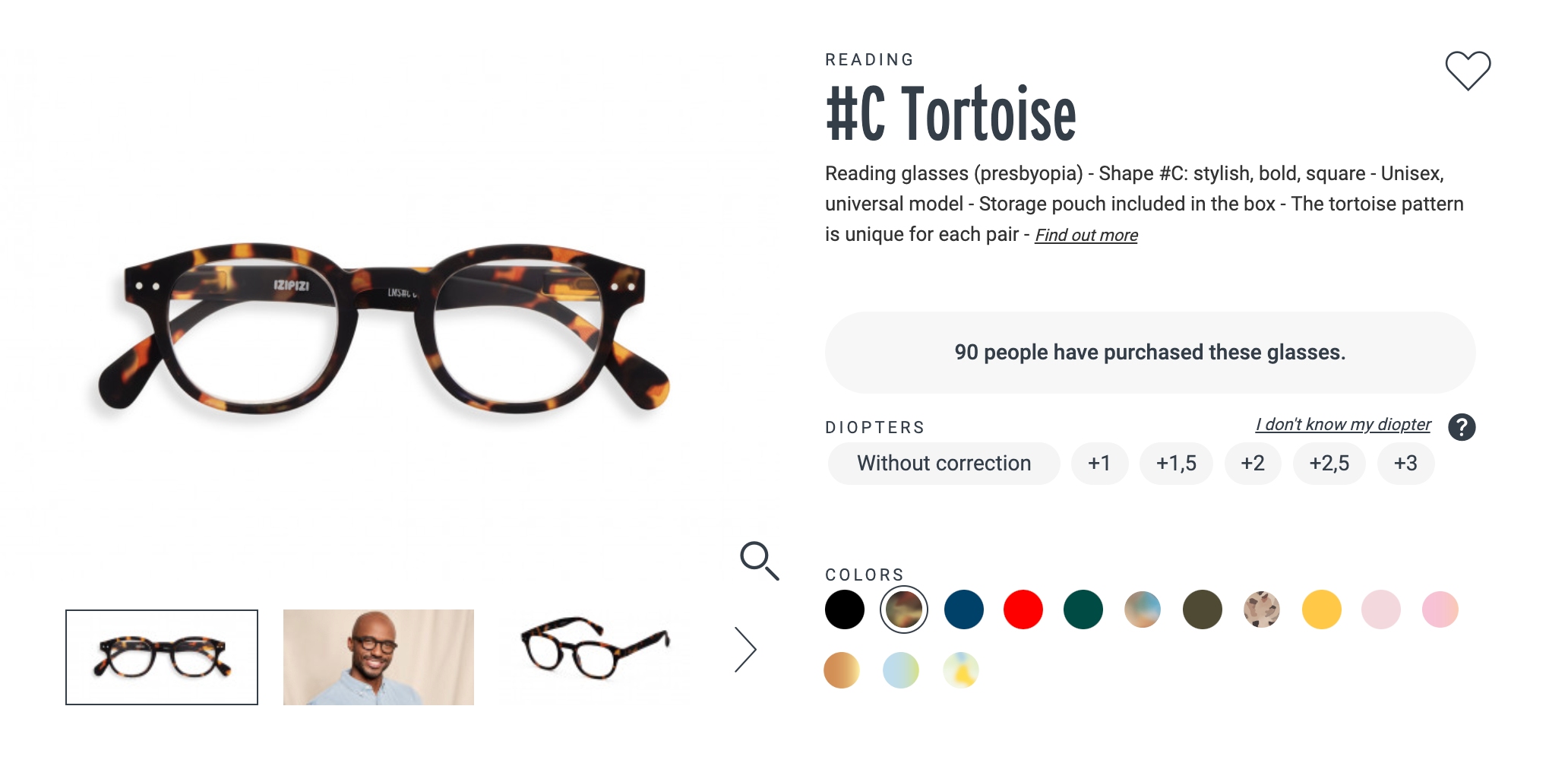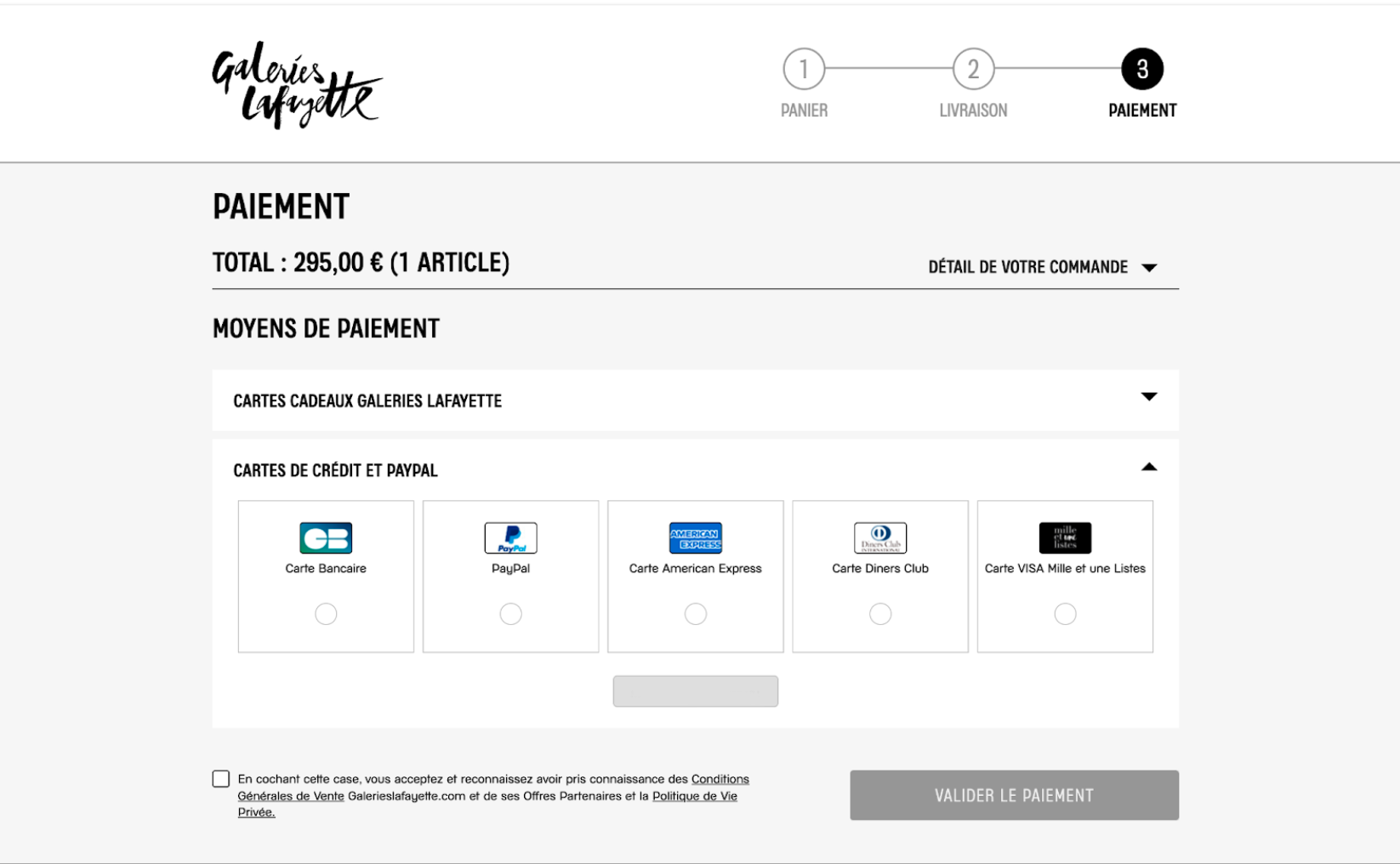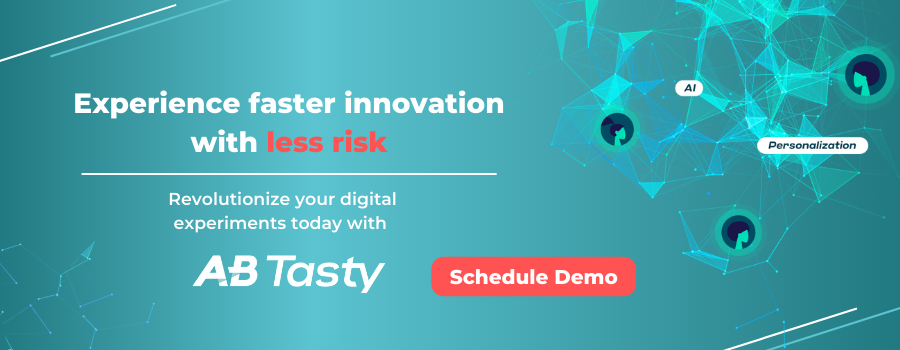What’s the difference between a product manager and a product owner or are these roles actually one and the same?
If you’re wondering, you’re not alone. The terms are often used interchangeably and not without reason as sometimes the two roles’ responsibilities may overlap especially in small to medium-sized companies.
However, Product Manager (PM) and Product Owner (PO) are two distinct roles. Although they do share a common goal, delivering products users love, the scope of their responsibilities is actually not identical.
Generally, a product manager is responsible for the why. They shape the product roadmap based on users’ needs and desires. They are focused on business metrics and on whether the product is going in the right direction on a larger scale.
The product owner, on the other hand, is responsible for creating and managing the product backlog. They are operational and on a deadline. For them, it’s all about Scrum, back and forth with developers, and getting stuff done.
However, the lines between the two do often blur. Depending on where you work, you might be used to a variety of setups.
What are the differences in responsibilities of a product manager and a product owner?
The short answer is: it depends.
But in this case, it really does depend on a lot of different factors. A chunk of this article will go over them in detail but first we will discuss each role to highlight the responsibilities of each one on its own to be able to then understand their differences.
The product owner role
The term “product owner” comes from Scrum- an Agile framework that helps teams structure and manage their work and solve complex problems effectively by adopting a set of values and principles. A typical Scrum team consists of Product Owner, a Scrum Master and Developers with specific accountabilities.
According to the “Scrum Guide”, the product owner is responsible for “maximizing the value of the product resulting from the work of the Scrum Team”. Consequently, this role is usually found in organizations that have adopted an Agile methodology.
Among the key responsibilities of the product owner is creating user stories for the development team to implement and ensuring that these stories meet customer requirements. In other words, the product owner advocates for customer needs and represents the voice of the customer to the development team by making sure that the right product is being built.
Some other responsibilities of the product owner include:
- Manage product backlog by creating and communicating the backlog items and prioritize them accordingly to maximize value
- Define and manage the product vision
- Understand market and customer needs and turn them into actionable user stories
- Collaborate closely with cross-functional teams such as developers to ensure that products meet customer needs and requirements. They also make sure that goals are clear and business objectives are aligned with the product vision
- Act as the primary point of contact for all stakeholders and ensure they have proper buy-in on all major decisions and strategies
The product manager role
As we’ve seen, product owners are more tactical in that their focus is on maximizing value through creating and managing the product backlog. Additionally, product owners are more detail-oriented and have more of a short- to mid-term focus.
Meanwhile, product managers play a more strategic role, which means their focus is more on creating the long-term vision of a product as well as aligning the product roadmap with larger organizational goals.
They then build the product strategy in order to build a concrete product based on its overall vision that spans across the entire roadmap. Put simply, a product manager manages the entire product life cycle and oversees every aspect of its development from the early stages of user research to the moment of product launch.
The responsibilities of the product manager may vary from one organization to the next but they usually include the following tasks:
- Conduct user research to determine customer needs to determine product vision
- Create and align teams around the product roadmap
- Decide what features to build next
- Supervise teams and projects to ensure the successful launch of the product
A product manager role is usually more outward-facing in that they speak to customers to define the requirements of the product to be built while a product owner is more inward-facing as they work closely with development teams to ensure the product is being built according to these requirements.
We can look at product owners as an extension of product managers as they apply the strategies outlined by product managers and transform it into an actionable backlog.
In other words, the product manager decides what products or features to build next while the product owner oversees that developers build these products.
Do organizations need both roles?
The simple answer to this question would be it depends.
Various factors will need to be taken into account when it comes to deciding whether you need one or the other or both.
In an ideal scenario, there would be a product manager managing the product strategy and vision and a product owner responsible for executing that strategy. On the surface, it may seem that the responsibilities of the two roles may sometimes overlap as they’re working towards common goals but in reality, their day-to-day tasks differ significantly.
However, not all companies may have the sufficient resources to have two different people dedicated to each of these roles.
Indeed, many small companies may find that having two distinct roles is not necessary and the responsibilities of the product development process can be carried out solely by the product manager. However, processes may become more complex in larger companies and could require a product manager to manage the product life cycle and outline the overall strategy and a product owner overseeing the development process to ensure the tactical execution of that strategy.
It’s important to also keep in mind that the product owner role is tightly linked with the Scrum development approach. Therefore, it’s typically found in teams practicing Scrum. Product managers, for their part, exist in organizations that aren’t necessarily following a specific approach or methodology. They can operate within any framework as part of the product team while product owners in highly Agile businesses come as part of a Scrum team.
Nonetheless, many organizations struggle with the decision of whether to have one or the other or both.
The most important consideration when making this decision is focusing on outcomes and not on the titles. Organizations need to examine their objectives and any weaknesses and bottlenecks in their current processes or structures that may hinder them from achieving these objectives. Such insights are key to building your winning team.
When to consider a product manager vs product owner
Let’s not forget, there are products of all kinds: industrial products, agricultural products, services, chemical products, fashion and software products.
In the SaaS martech space, the thinking goes that all products are built the same way and that companies are all structured the same way. They tend to think there is always a Product Manager and a Product Owner behind each feature.
We’ve already mentioned some things to consider when you’re deciding whether to have both roles. In this section, we look in further detail at some of these factors that determine the right setup for your organization.
1. Momentum
The most important criteria is ‘the momentum of the company.’ What does this mean?
How new/old is the organization?
This question is an important one. It is not directly related to the size of the company or to the number of clients, either.
But rather, the right question here would be: How far or close is the company in relation to a specific “key moment”?
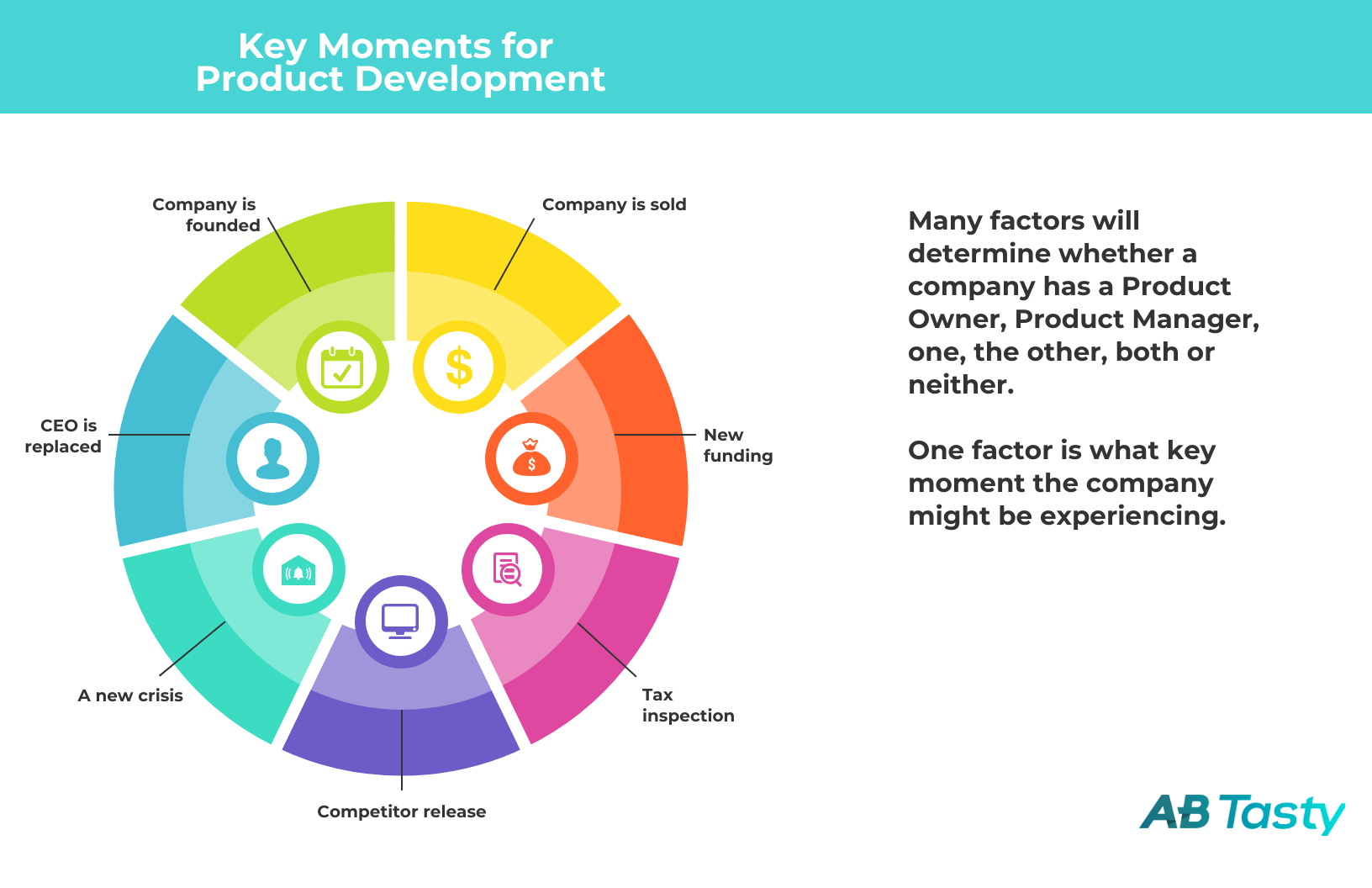
What we mean by ‘key moment’ are key phases or events in the life cycle of a company. Some examples include:
- the creation of the company
- its sale
- new funding
- tax inspection
- a competitor’s release
- a crisis
- replacement of the CEO
- … etc
All these different key stages will have an impact on how the product development is executed.
And therefore, they affect what a product manager does and what a product owner does.
For example, just after a company is founded, the CEO is presumably the best person to take care of the product roles. They are very often (at least in scalable SaaS companies) the one who wears the hat of PO, PM, QA & Support. It is not a choice or a strategy. It is just what the moment implies.
Also, in general, the way a company’s momentum is handled defines how “well” a company is doing.
Has the moment happening right now been anticipated, or is it just the consequence of the reaction of the last moment? The more a company reacts, the more “Agile” you can consider it to be. The more moments are anticipated, the more “visionary” you can consider the company. It’s challenging to be both.
2. Size matters
Size here doesn’t necessarily refer to the number of employees a company has. The size of a company could also refer to the number of:
- products
- models
- features
- scopes
- price grids
- or markets they address.
Cutting the products in the right “dimensions” and deciding if we split per market, per range or per topic can be a lifelong job, because it changes very often and the faster the company evolves, the more it has to be changed.
Size can also be defined by the number of users, clients, partners, retailers, languages, unit systems,… But also and more frequently, a combination of all the above will tell how many PMs, POs and Heads of Product your organization will need.
For example, in many non-profits, product managers are based on the donor personas. You have a PM for small donation amounts (say $10 to $500), one for larger ones ($500 to $10,000) and one for those that are even bigger. Why? Because expectations from each persona type differ radically, and being able to cater to each will help the non-profit grow in the long run.
In short, the size of the company (its client portfolio, its product catalogue…) may define what the PM does, what the PO does, and how many of each there will be.
3. The remaining criteria
But these are not the only factors that define how many PMs, POs or any other product-facing people you will need. Many other factors can also be taken into account, including:
- number of developers
- number of designers
- shipping velocity
- technical stacks
- tooling
- product lifecycle
- individual wishes
- growth potential
- existing need coverage ratio
- legacy ratio
- human resources policy
- the market you address
- the level of politics installed in the company.
There is some kind of global agreement (at least in SaaS businesses) on the fact that the split between PM and PO is based on: vision vs. operations, projection vs. immediacy, value vs. metrics. But both are sides of the same coin.
In short, no two organizations are identical. In other words, there’s no one set answer to the question of what a PM vs. PO should do. Some organizations will need many, some will need none. Enabling people to work successfully together is hard enough. Copying and pasting a method won’t help – you have to find your own.
What skills are needed to be a good product manager and/or product owner?
Both product managers and product owners need a good balance of hard and soft skills to carry out their tasks efficiently.
The necessary skills for product managers include:
- Excellent communication and collaboration skills
- A good amount of technical expertise
- Prioritization skills
- Good business acumen
- Analytical skills
Meanwhile, the necessary skills for product owners include:
- Problem solving
- Project management skills
- Great communication and strong storytelling skills
- Deep understanding of user data and analytics
The skills necessary for product managers and product owners may overlap especially in smaller companies where a product manager could also be a product owner and vice versa.
What KPIs are used to measure success for product owners and product managers?
It depends and may vary from one organization to the other depending on their objectives
However, if we tie them into their individual responsibilities, we can give a general overview of the kind of KPIs that can be used to measure their performance.
A product manager, for example, has a wide range of responsibilities including the creation and prioritization of the product roadmap along with cross-team collaboration to ensure alignment around the roadmap.
In that sense, a product manager’s performance is primarily related to product success in line with the overall business goals. Thus, usually product managers’ KPIs should be based on business metrics such as growth, revenue, churn rate and costs.
Meanwhile, product owners have a narrower role and based on the responsibilities we outlined above, their success is measured using KPIs based on delivery, quality, and internal team satisfaction.
Conclusion
A product owner and manager are great assets to have but having both or two separate people taking on these roles is not a must for every organization.
At the end of the day, the question is not whether you should have both a product manager and product owner but whether having both of those roles is right for your organization. You will have to look inward to understand what your business actually needs.
How you decide to structure your teams will depend on the processes you have in place and the kind of outcomes you’re hoping to achieve based on business objectives, customer and company needs.
While we give an overall idea of each role, these responsibilities are not set in stone and they could widely vary on a case by case basis.
What really matters is that you have the right people with the right skills working towards a shared goal, which is building a product customers will love and meets their requirements and needs.










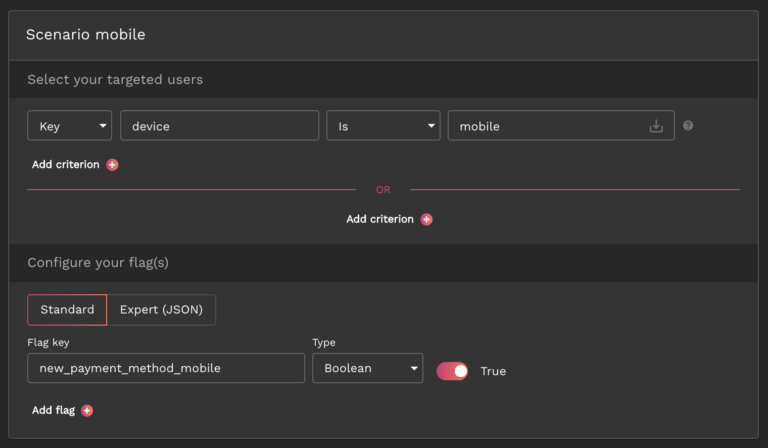
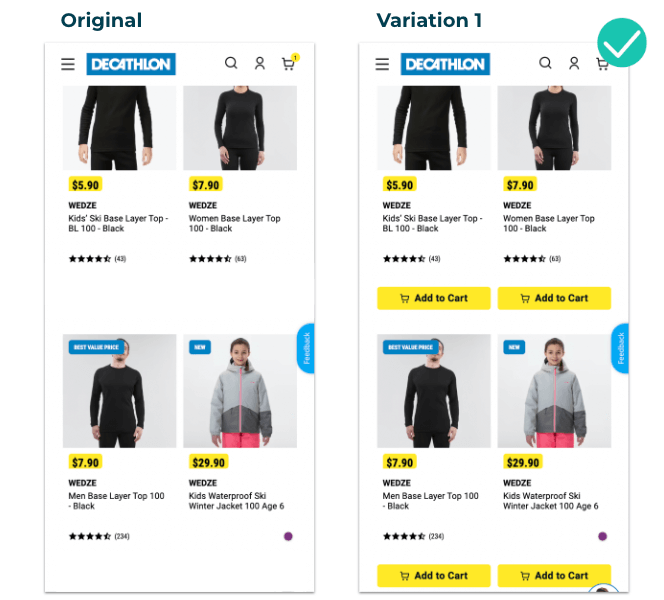
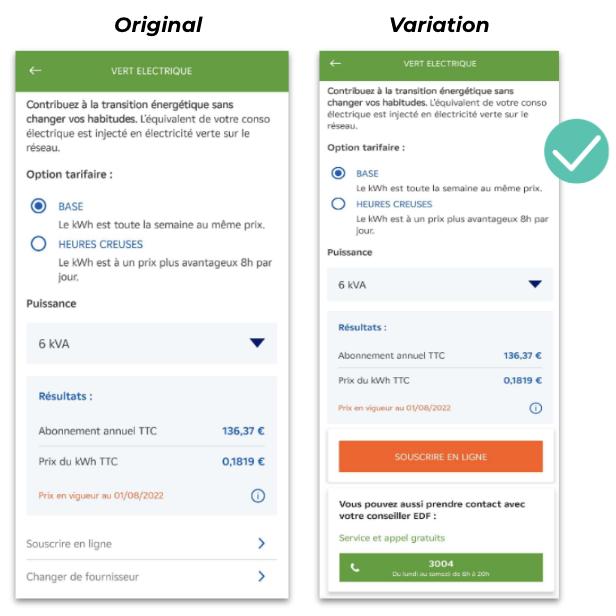



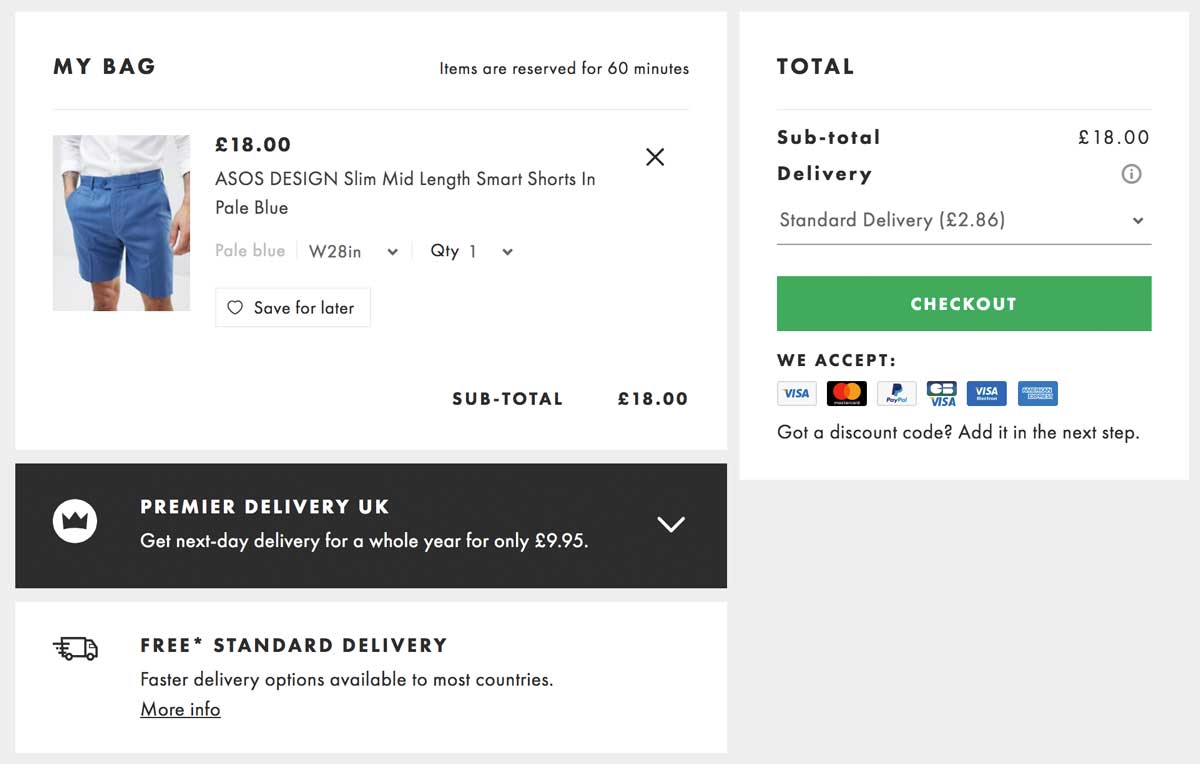
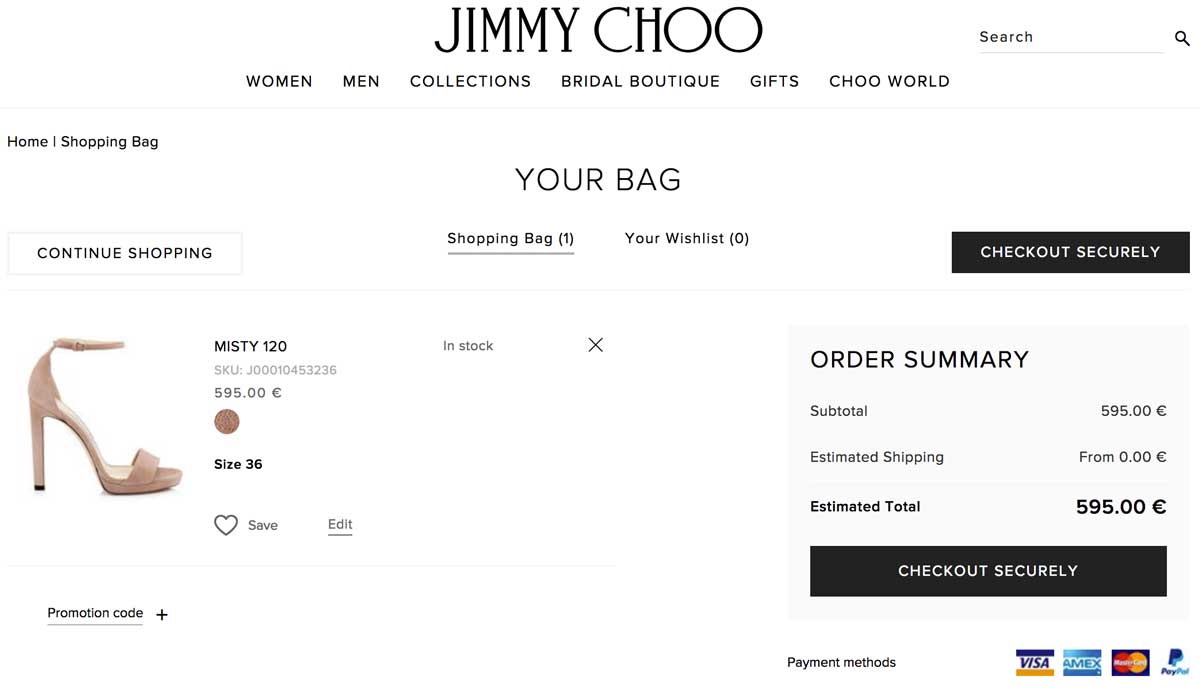
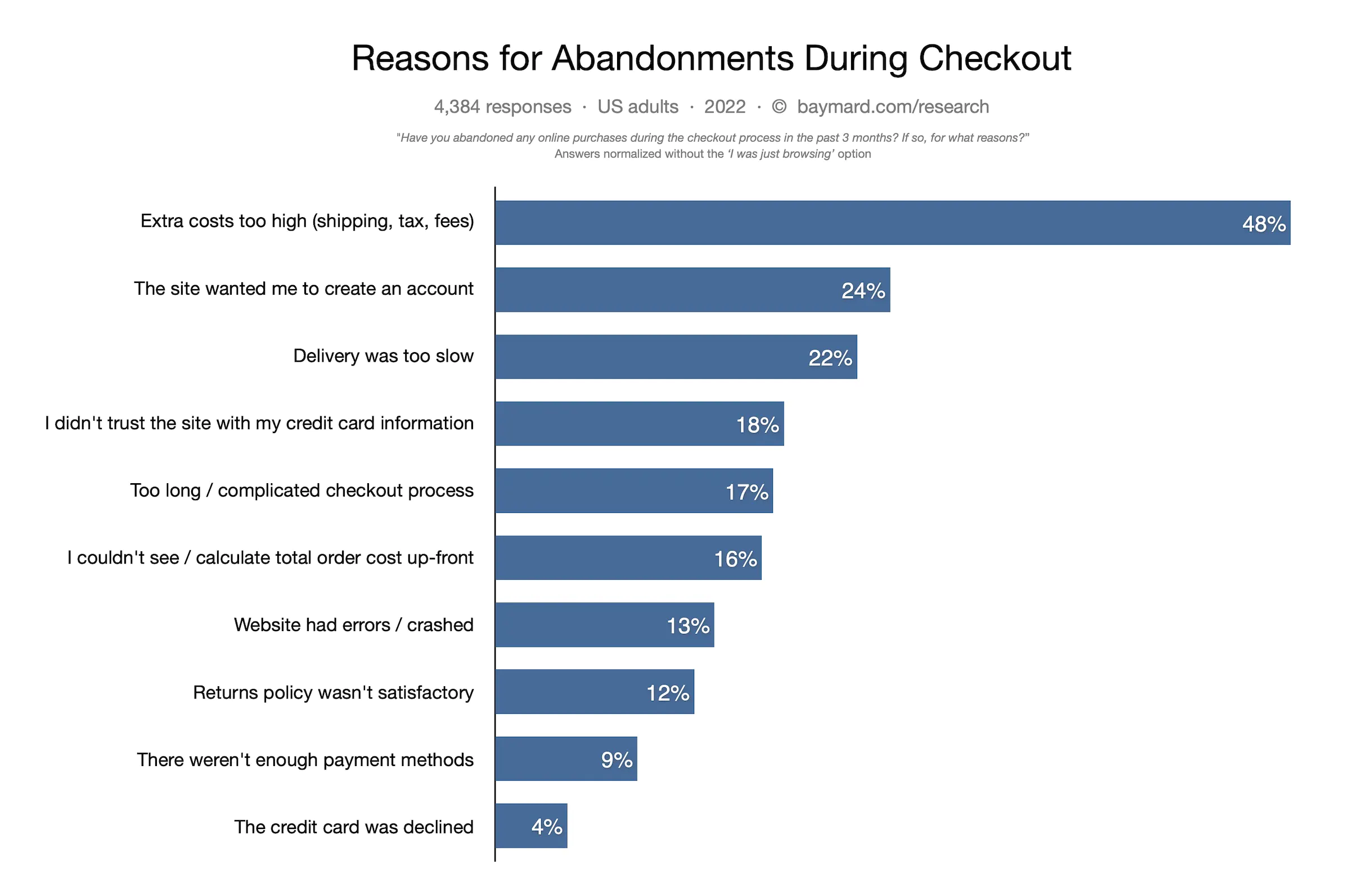
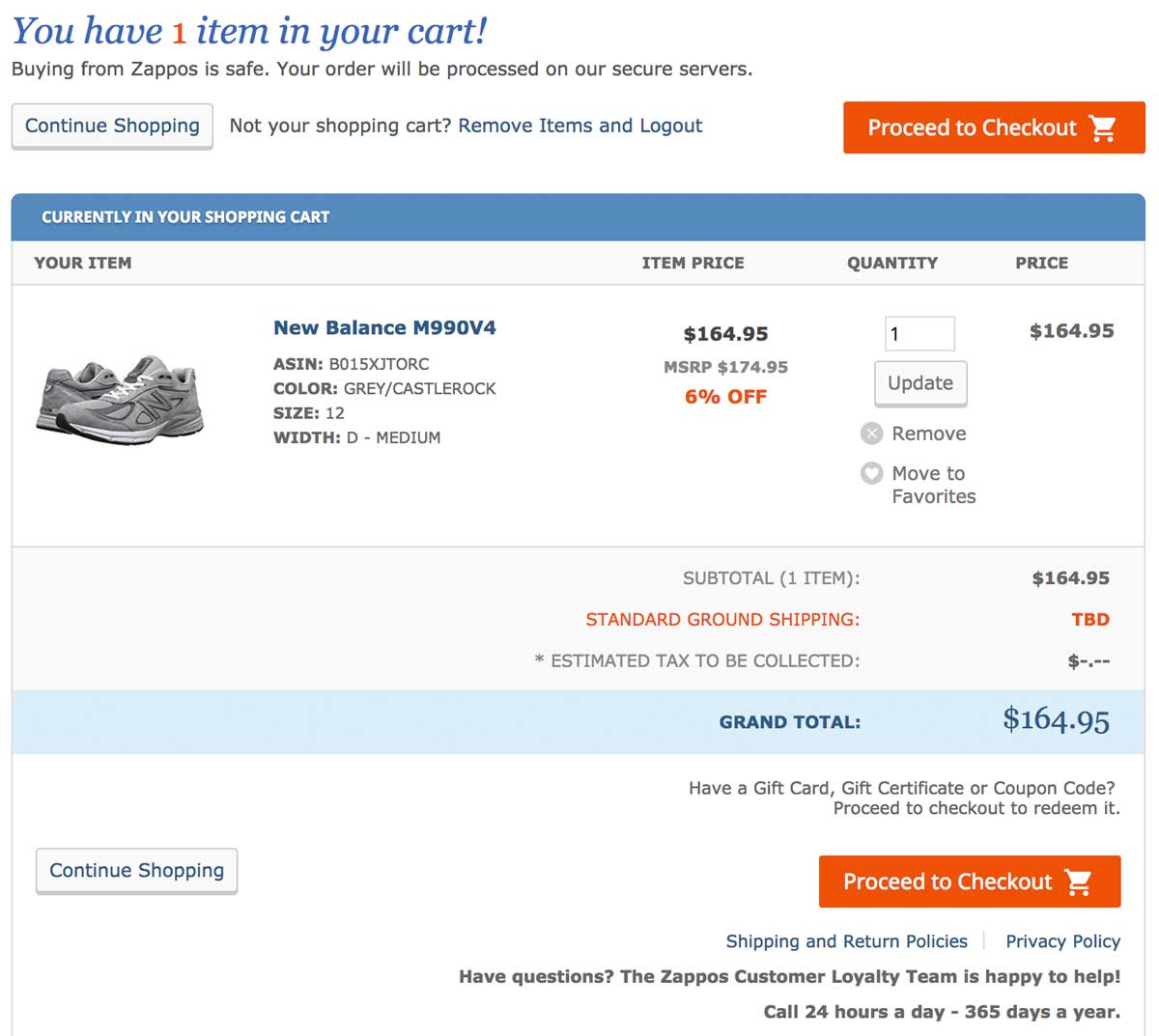

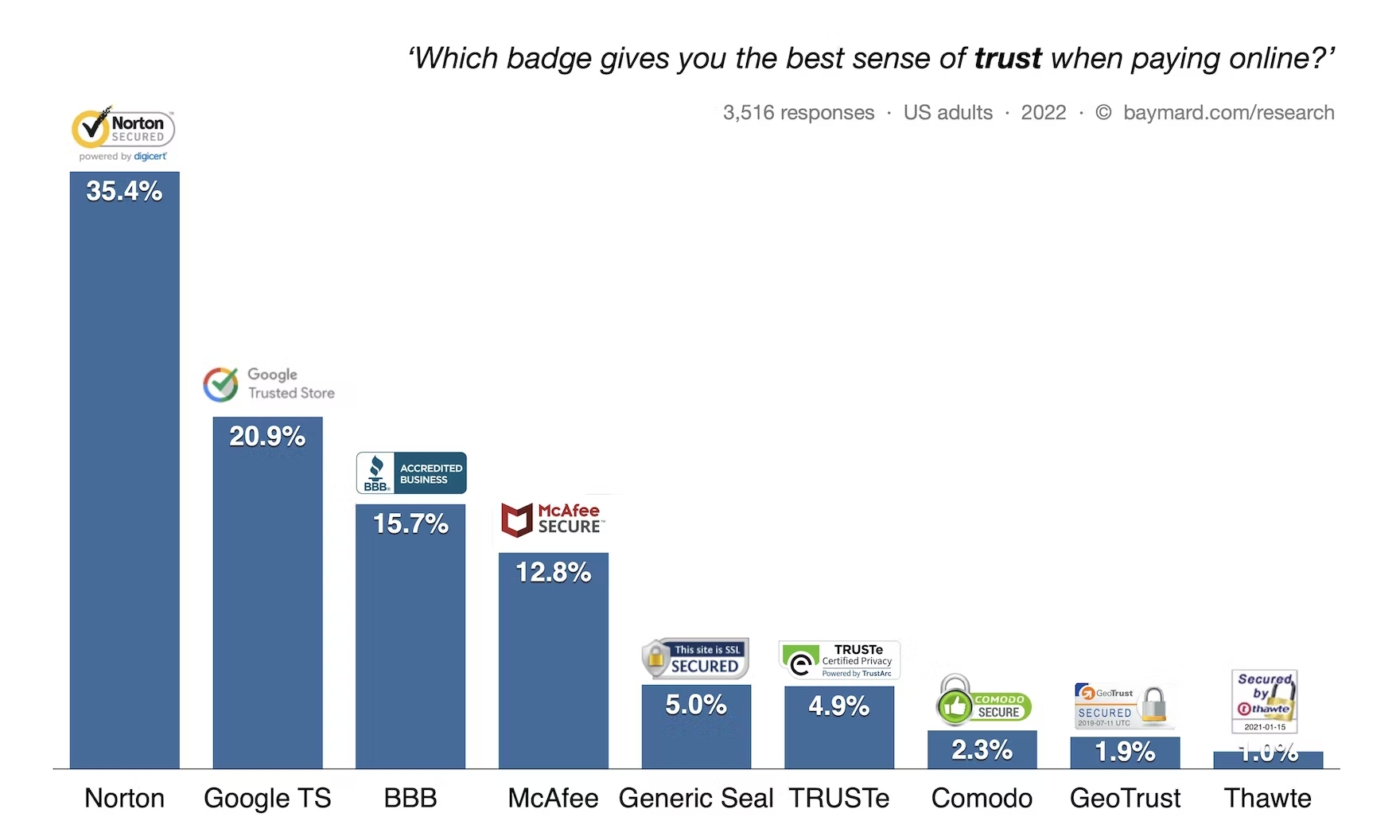
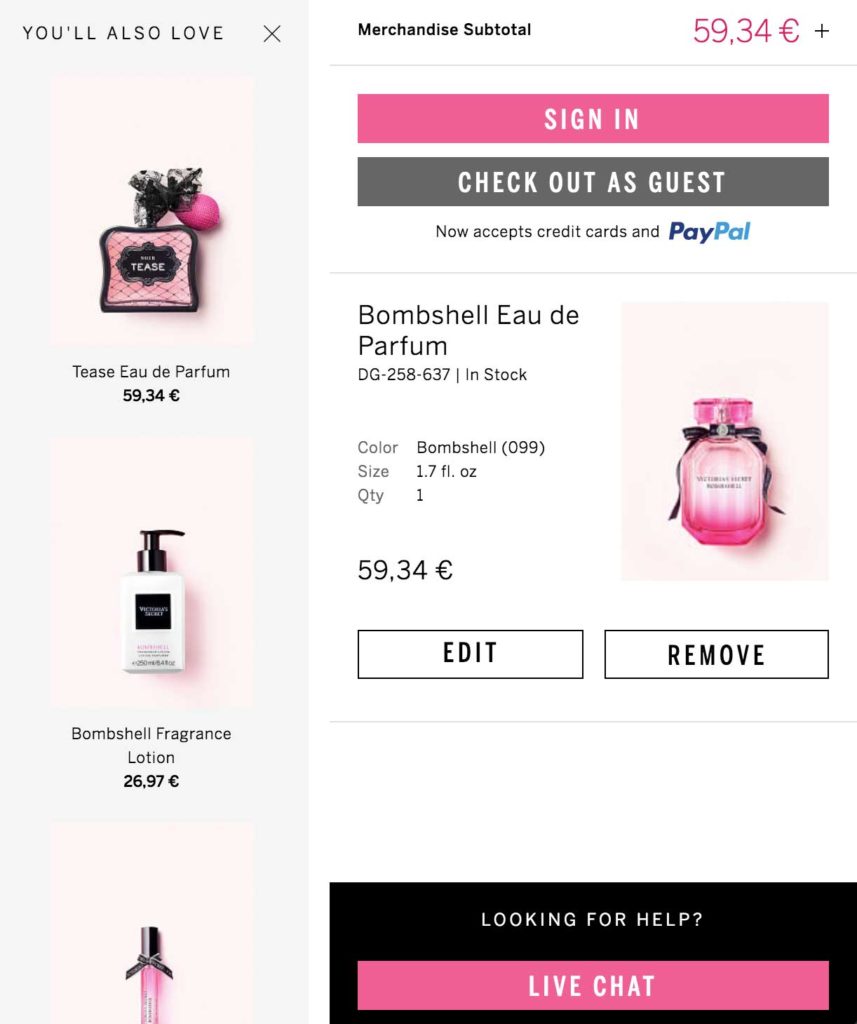
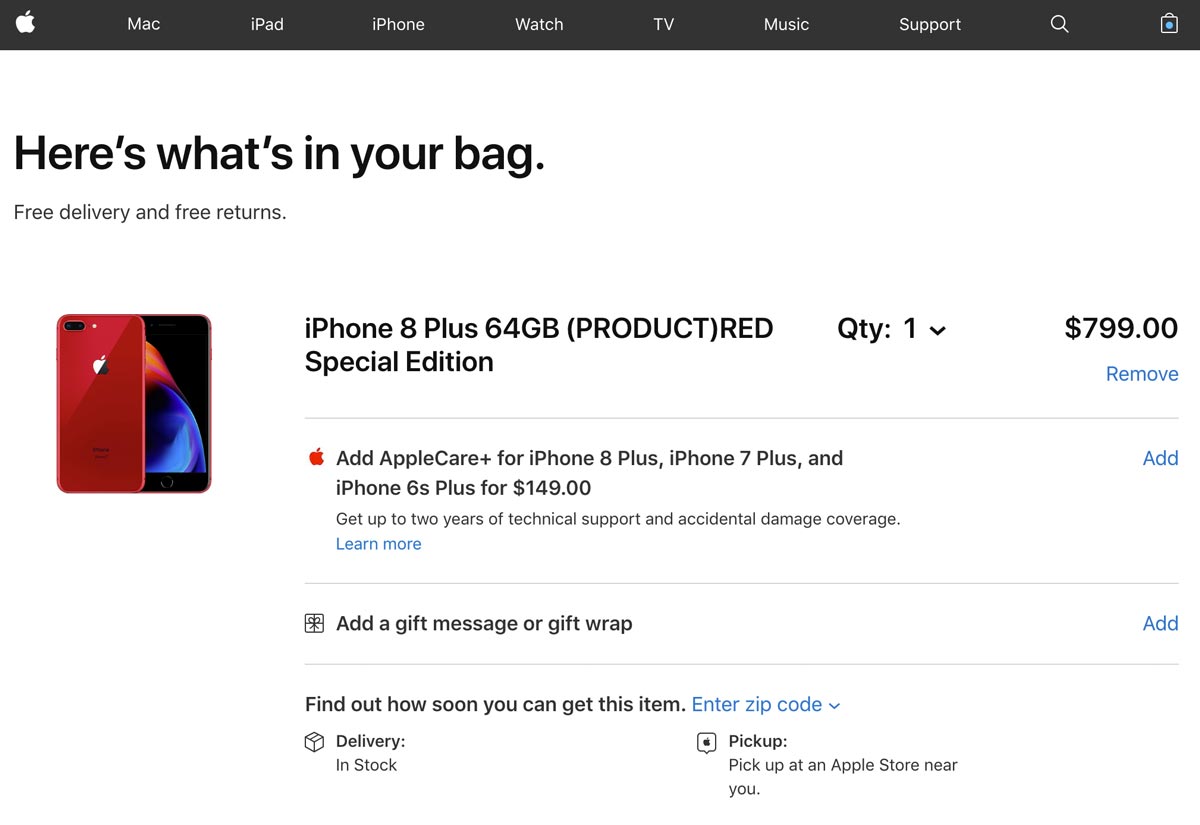
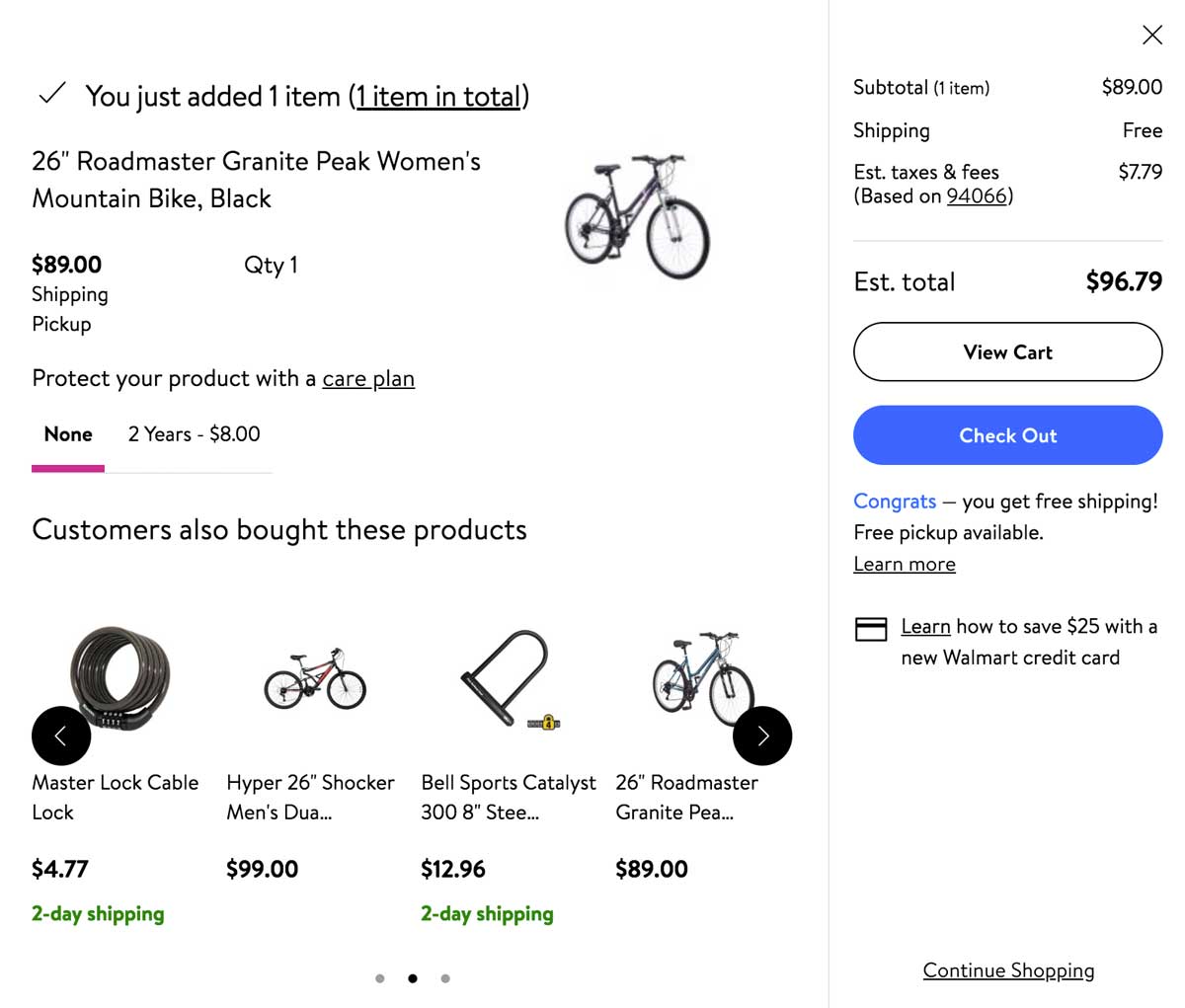
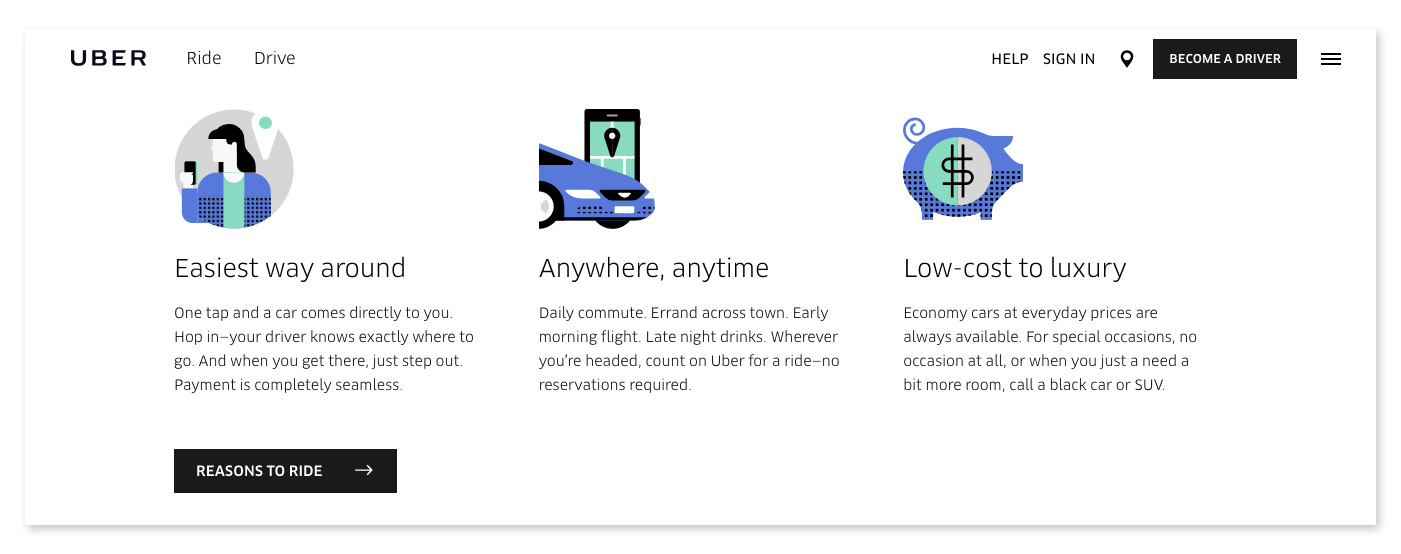
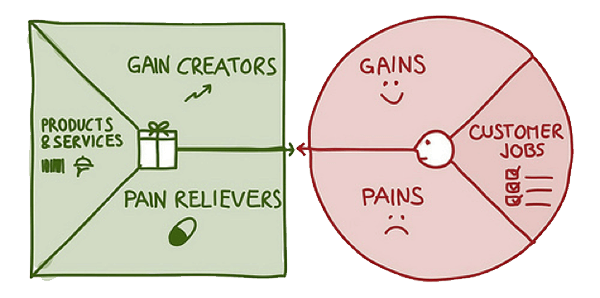
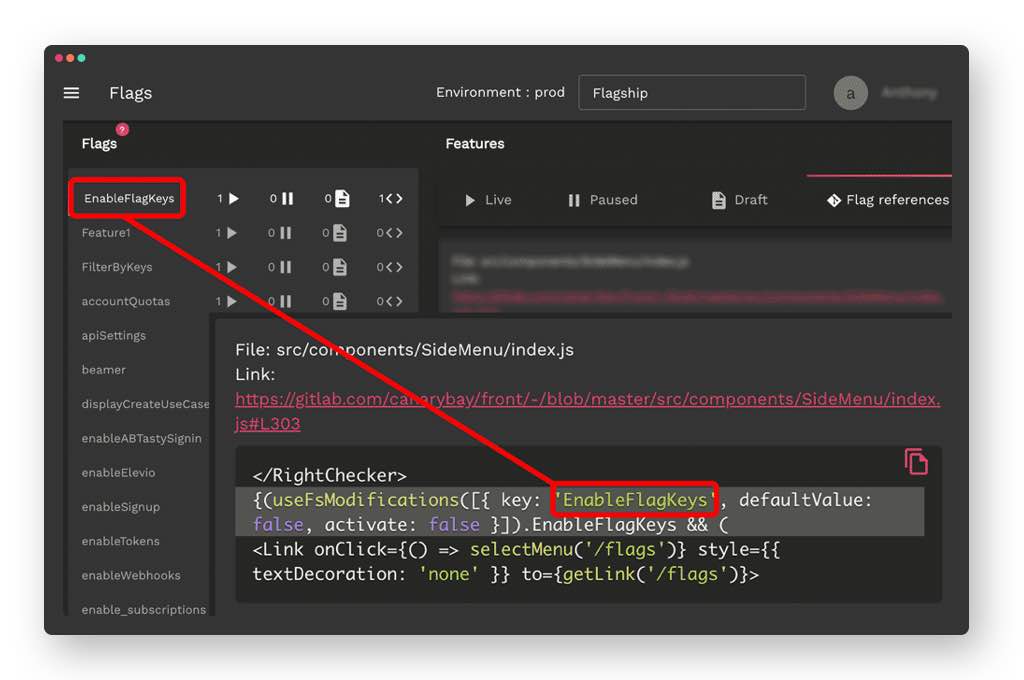


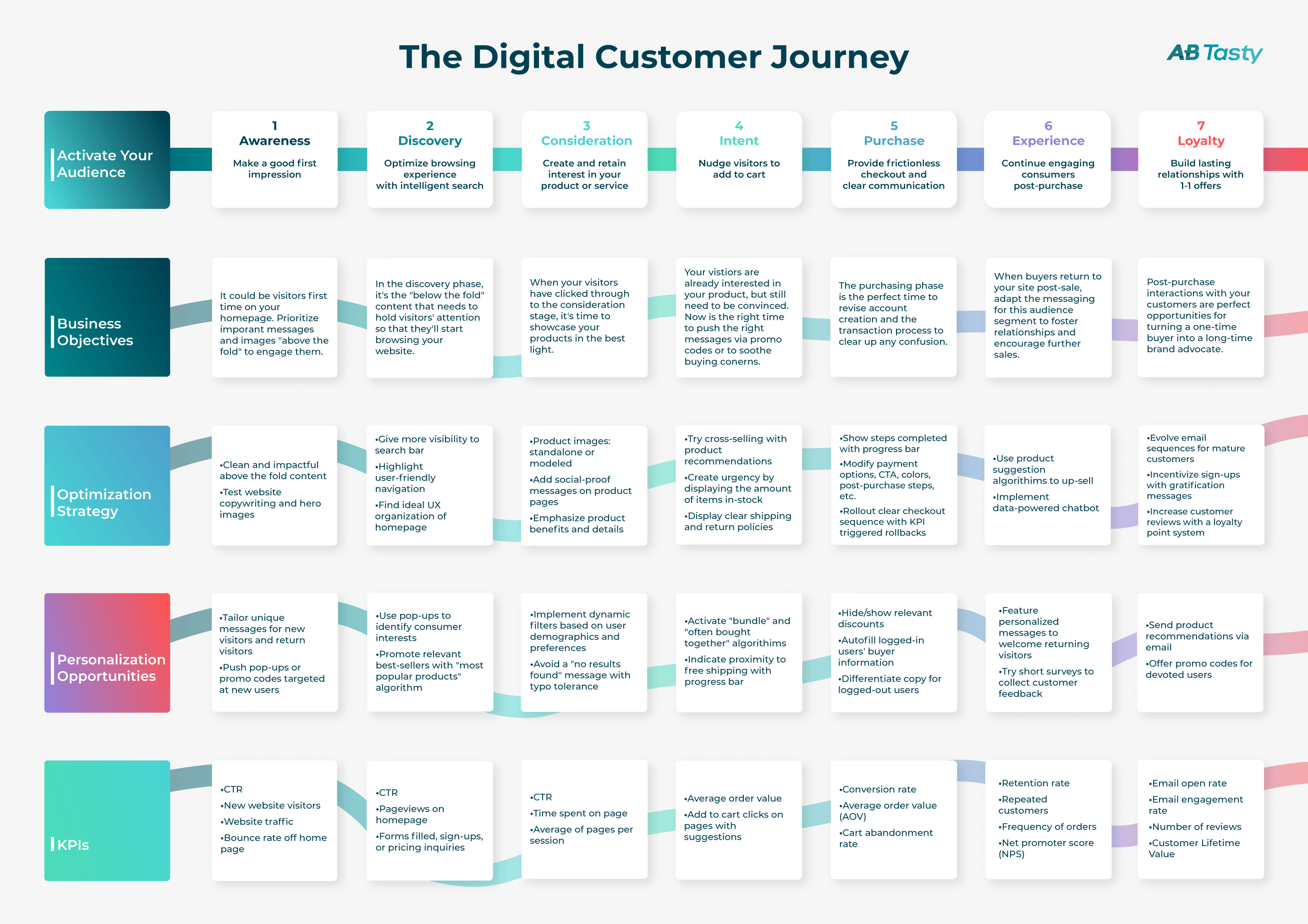
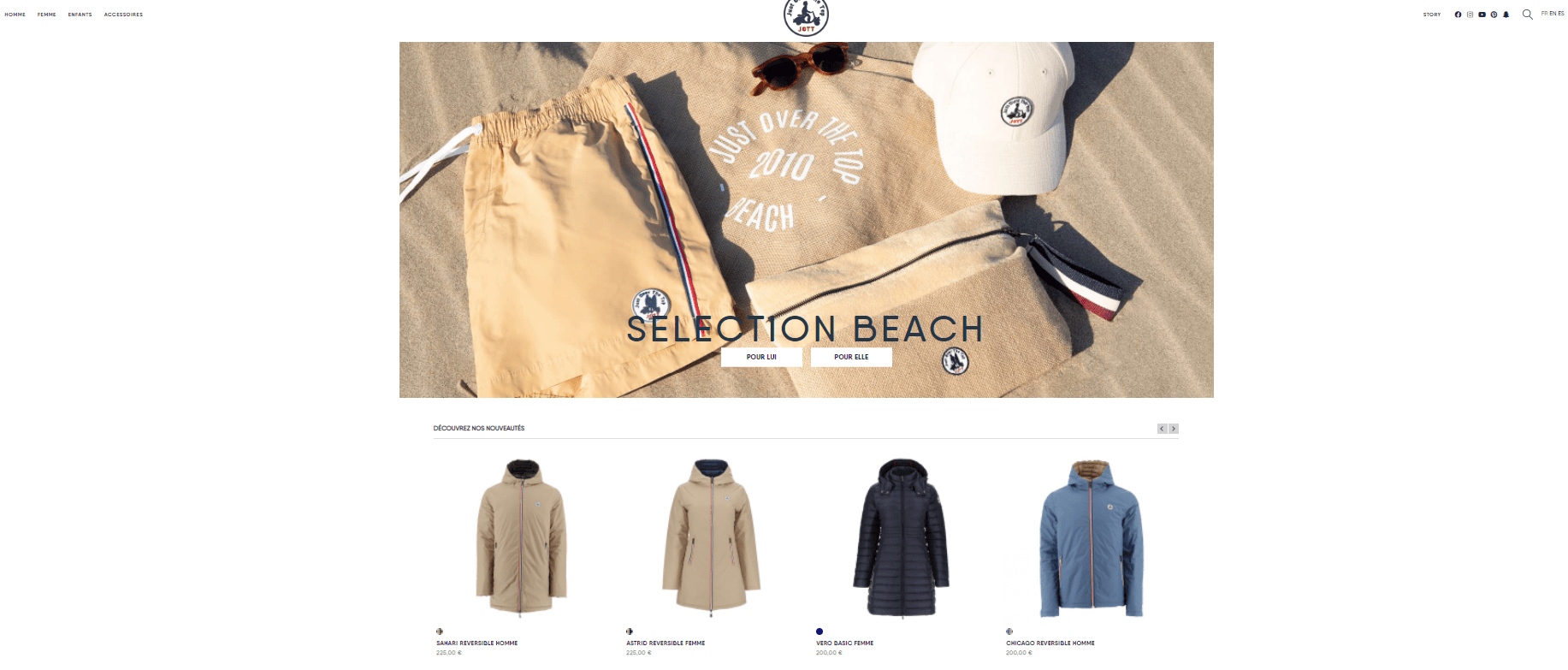



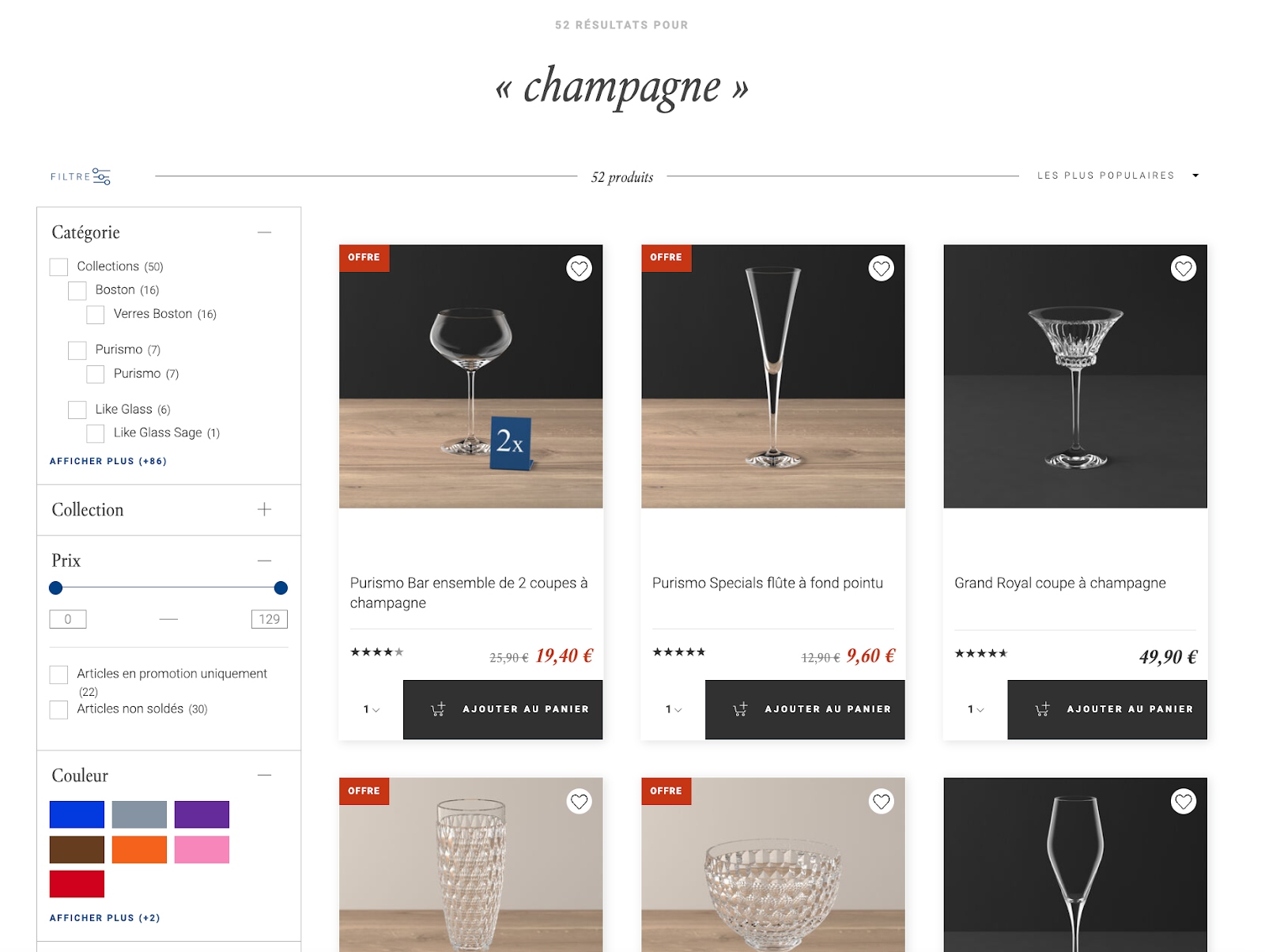
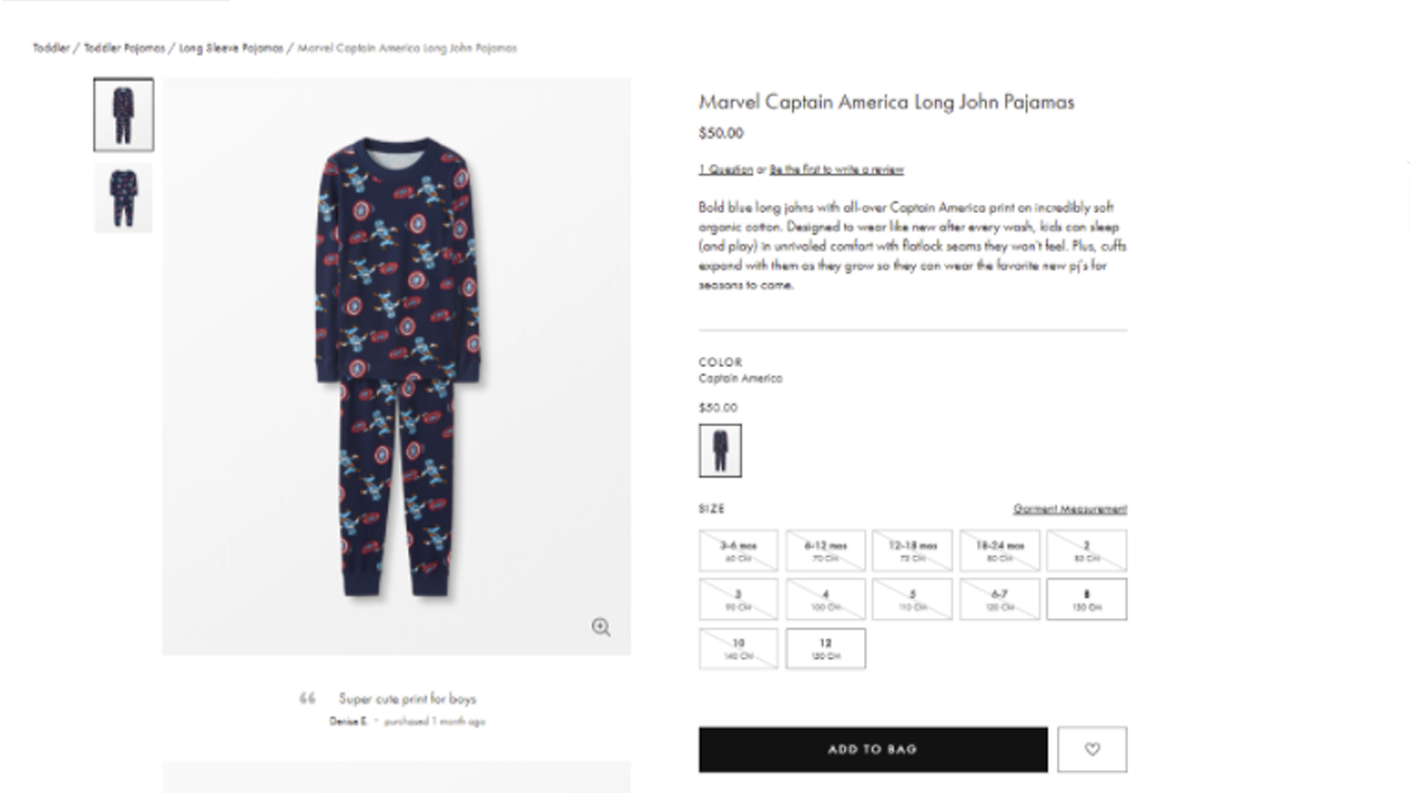 Variation:
Variation: